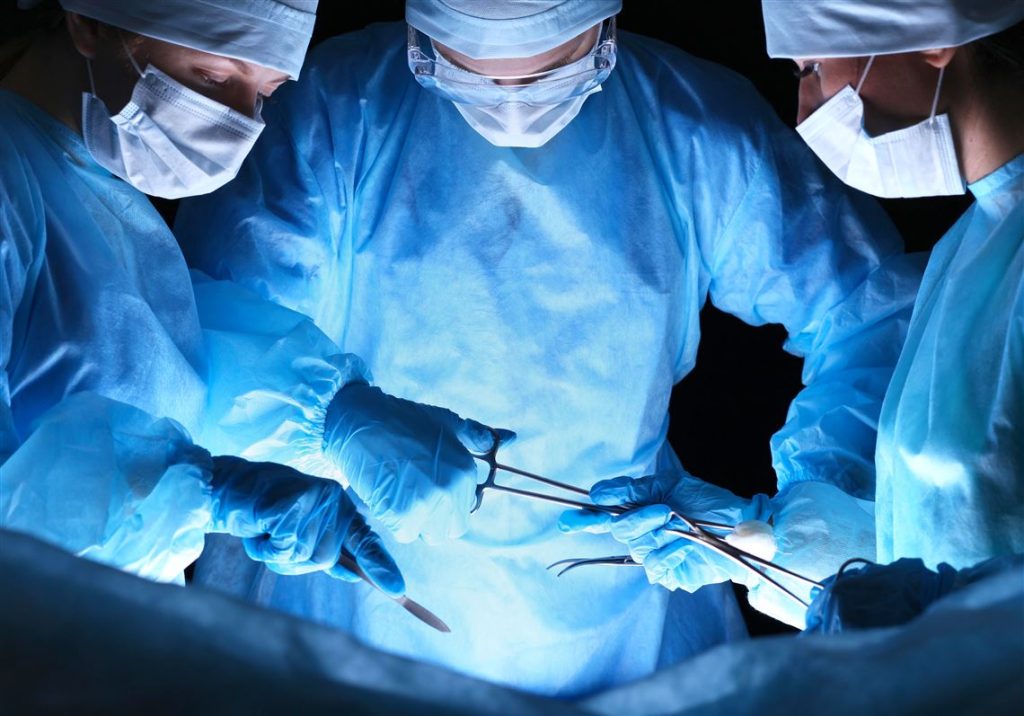Inguinal hernia laparoscopy surgery: Procedure, benefits & postoperative recovery
An inguinal hernia occurs in the groin, in a passageway called the inguinal canal. It is caused when abdominal tissue such as abdominal fat or a portion of the intestine, bulges through an opening in the lower abdominal wall, which separates the abdomen from the groin. The opening may be congenital, i.e. there may be some weakness or defect at birth, or it may be due to an acquired weakening of the muscles of the abdominal wall. The laparoscopic operation of inguinal hernia is indicated in the majority of cases for the restoration of this condition, which is successfully applied by the General Surgeons in Athens.
An inguinal hernia occurs when there is a weakness or opening in the lower abdominal wall that allows abdominal tissue to protrude through it. Many conditions can contribute to this, including:
- A weak point present at birth.
- Chronic cough or chronic constipation.
- Regular vigorous exercise or heavy manual work
- Consecutive pregnancies
- Prolonged standing
- Intra-abdominal pressure due to obesity or increased body weight
- Older age
In many cases an inguinal hernia may be asymptomatic. Sometimes, the symptoms are transient. The most common symptoms include a lump in the groin, a feeling of pressure, heaviness or pain, especially when the patient strains, lifts weights, coughs or bends. At the same time, there may be a burning or stinging sensation that may radiate through the pelvis or down the leg.
Hernias are not always serious, but serious complications can develop as they tend to get worse over time. Possible serious complications are intestinal obstruction, which causes severe abdominal pain, nausea and vomiting. At the same time, the contents of the hernia may become entrapped, i.e. trapped inside the opening of the hernia. This condition is dangerous, as the blood supply can be cut off, causing necrosis of the organ trapped inside the hernia.
How is inguinal hernia laparoscopy surgery performed?
Inguinal hernia laparoscopic surgery is in many cases the appropriate treatment method, as the inguinal hernia will not heal on its own. It is a minimally invasive technique, unlike open surgery, which requires a large incision. To perform the operation, general anesthesia is administered and a small incision is made in or just below the navel. The abdomen is inflated with carbon dioxide gas so that the surgeon can gain space to perform the operation, which is performed remotely using long, narrow instruments. A total of 3 to 4 incisions are made to perform the procedure.
A thin, long instrument called a laparoscope with a light and camera at the end is inserted through the incision. This instrument transfers the image of the interior of the abdominal area to a high-definition screen, from which the surgeon observes his manipulations in magnification. The tools to repair the hernia are inserted through other small incisions in the lower abdomen. After the intra-abdominal contents protruding through the hernia are pushed back into place, a special synthetic mesh is placed over the weak point of the abdominal wall to strengthen it.
The repair of an inguinal hernia can only be performed with surgery through various surgical techniques. Now, laparoscopic inguinal hernia surgery is gaining more and more popularity, especially with the use of the TEP (Total Extra Peritoneal Repair) method. This method is the most widely used method for inguinal hernia laparoscopic surgery, which is performed without the insertion of surgical instruments into the abdomen.
The TEP method is performed through three tiny incisions. One incision is eight millimeters in size and is made below the navel, through which the surgeon inserts the laparoscope. The tools are inserted through the two other five millimeter incisions. The hernia is realigned, and then the weak abdominal wall is strengthened with a special synthetic mesh.
What are the benefits of inguinal hernia laparoscopic surgery with the TEP method?
Inguinal hernia laparoscopic surgery with the TEP method offers significant advantages to the patient, as it is bloodless, while allowing the patient to quickly recover and return to his daily duties. The pain that may occur after the operation is minimal, while the aesthetic result is excellent due to the small size of the incisions. Post-operative complications such as inflammation, fluid accumulation, hematoma, injury or transection of nerves are almost unlikely to occur with the application of this method.
Inguinal hernia laparoscopic surgery is indicated in cases of recurrence after a previous failed inguinal hernia surgery, especially if the special synthetic mesh has not been placed successfully. At the same time, it is the method of choice in case the inguinal hernia is bilateral, i.e. located on both sides, as it offers the possibility of simultaneous repair.


